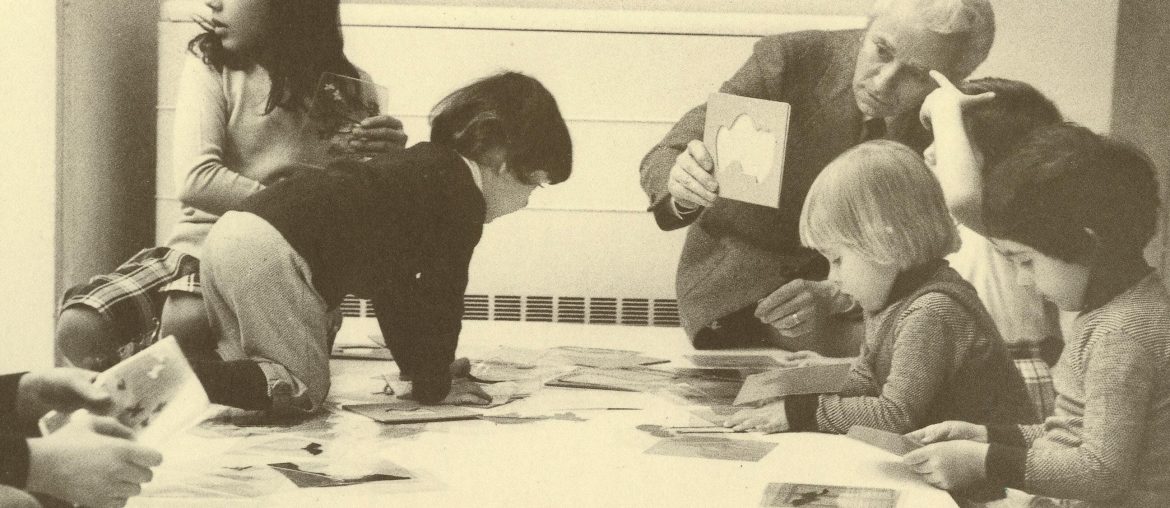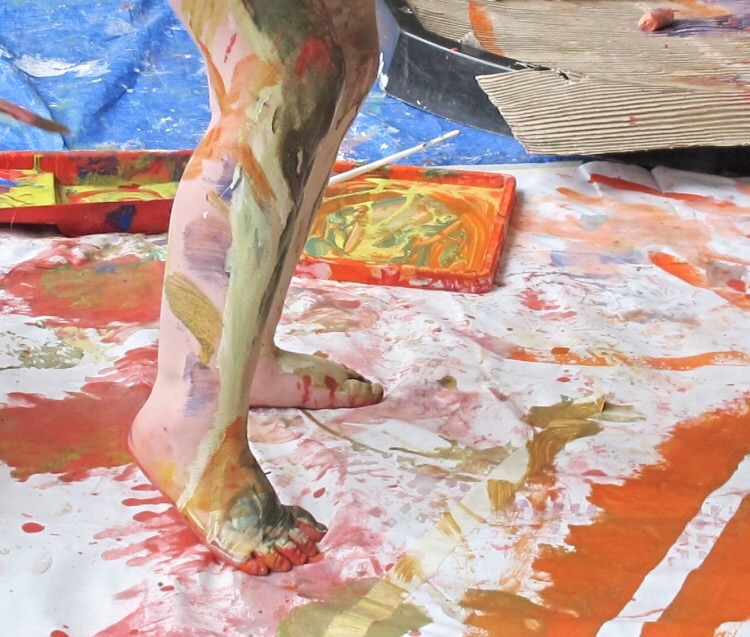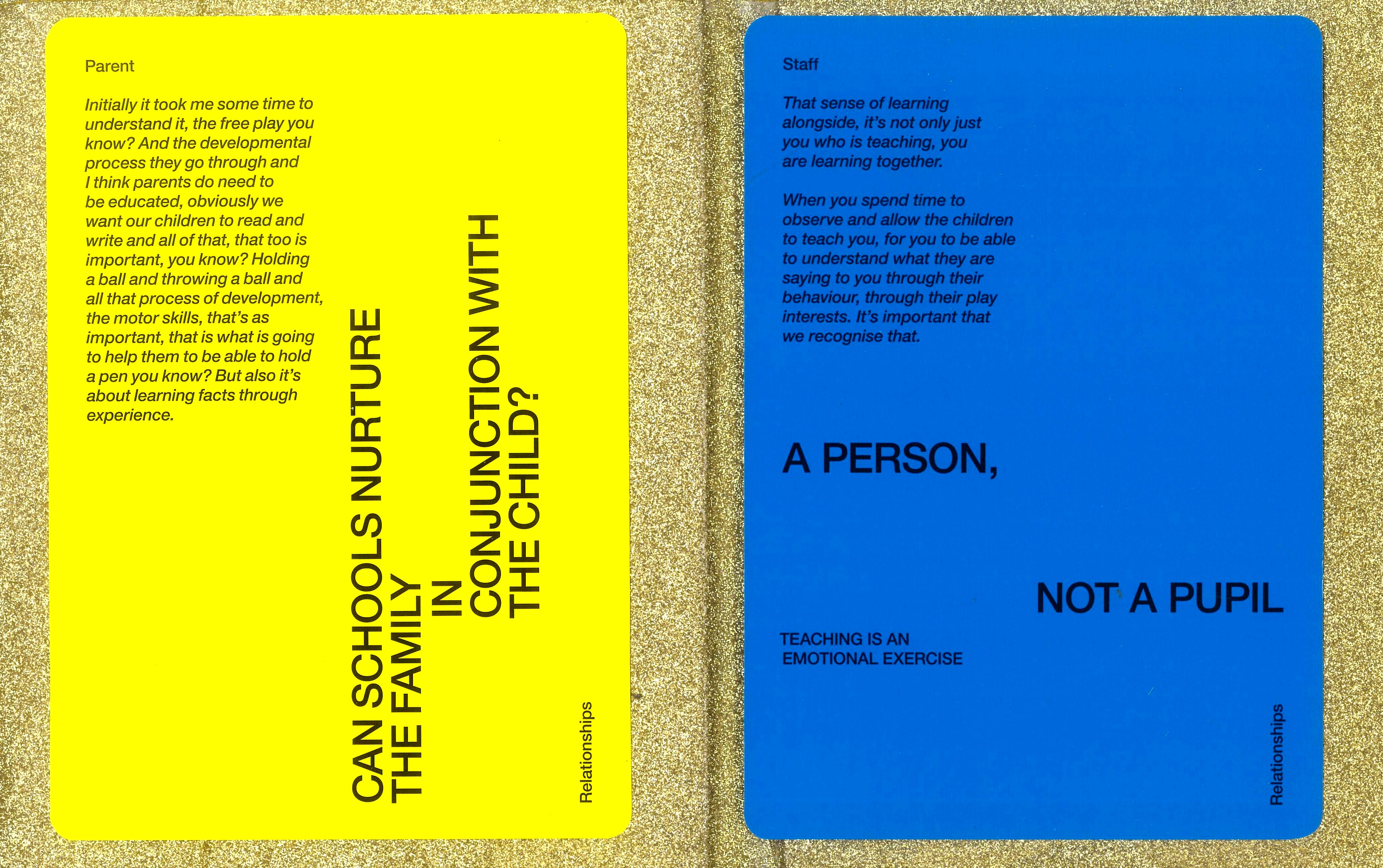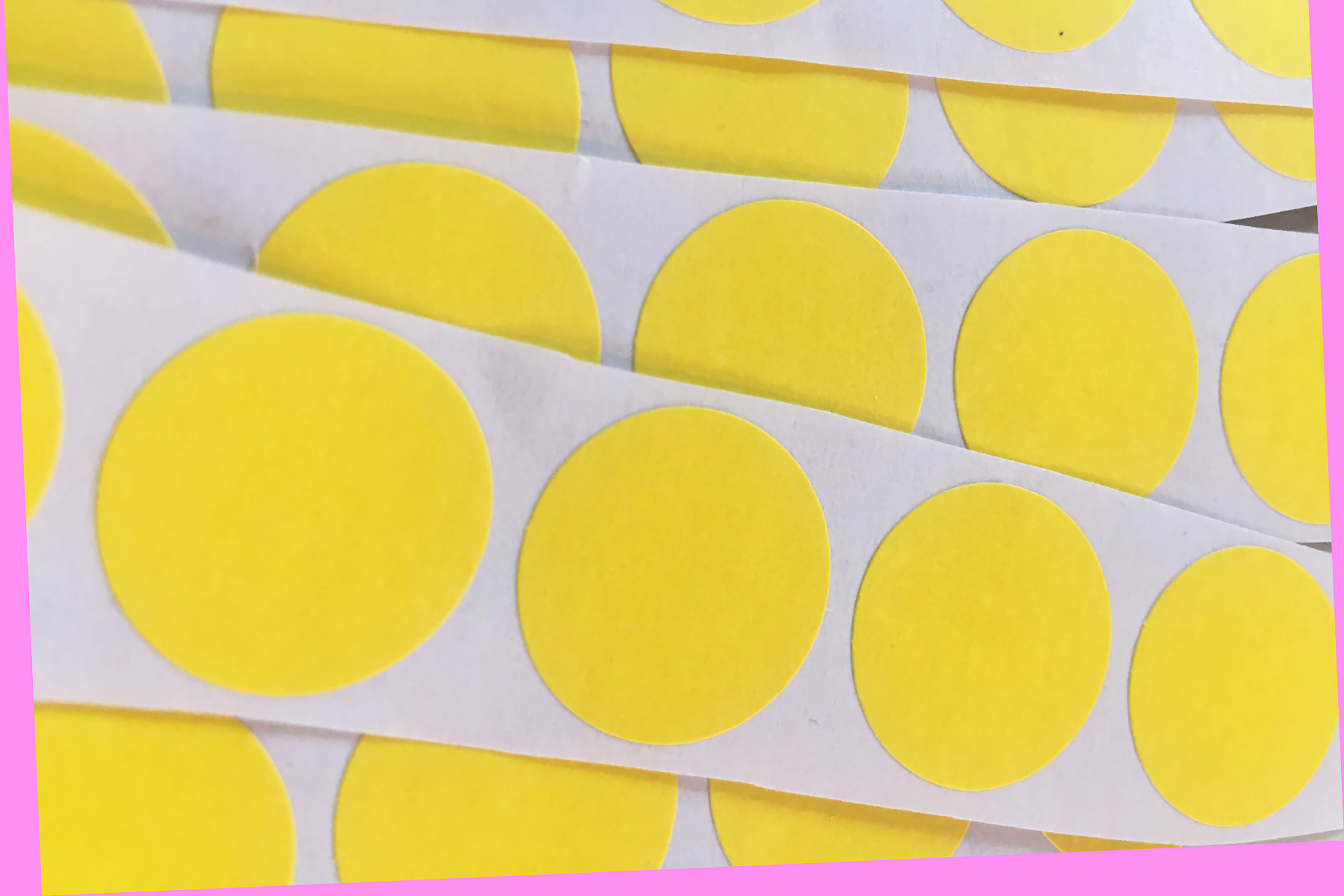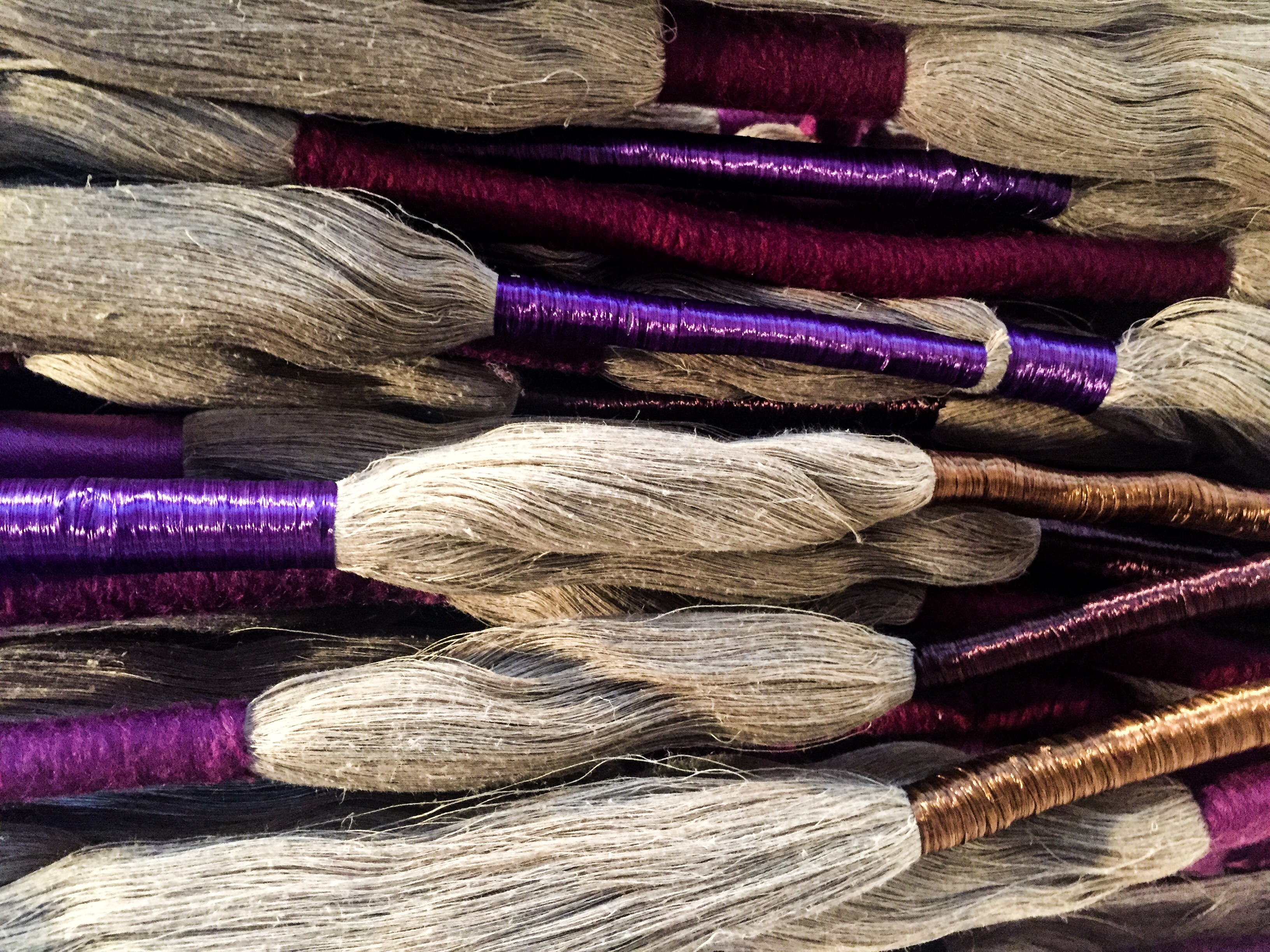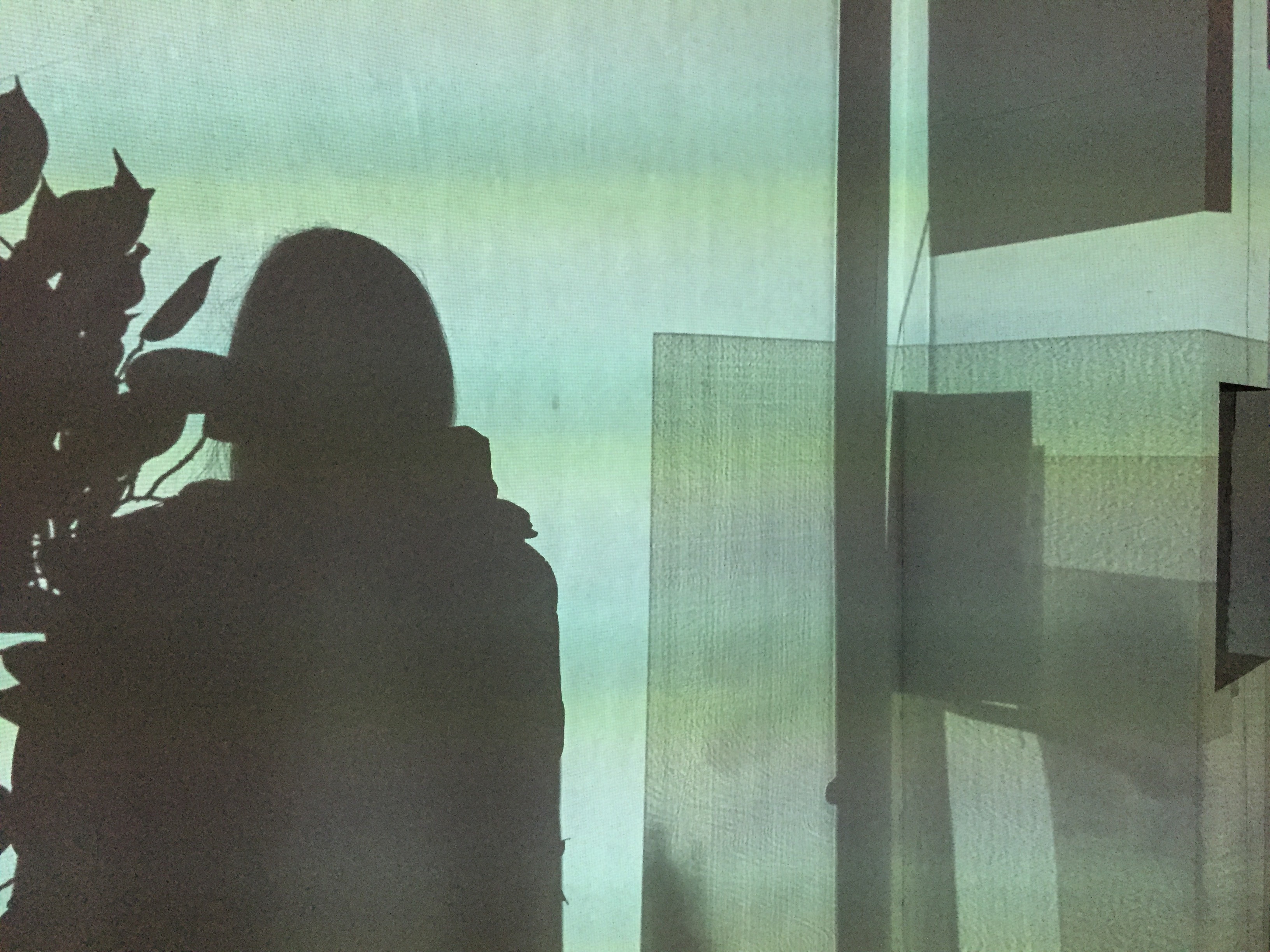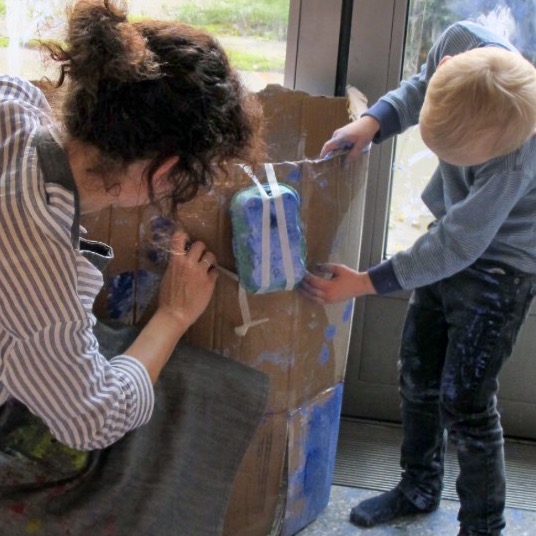This is the third post in a series on techniques for facilitating children’s learning with and through art in museums.
5 education apps for documenting learning in 2019
*This is an updated version of a post originally published in May 2018* If you are a teacher in the Northern Hemisphere, the new academic year is heating up. The paper work may be piling up too… A LOT! Education apps can help with that. Apps can be used to digitally document and collate children’s learning. These records can then be easily shared with other students, educators and parents – helping to grow a community that fosters learning. However, at their worst, apps can also encourage a culture of surveillance and control of children’s lives – it depends on how they are being used! In this post, I talk about why documenting and reflecting on children’s learning is important, including how apps can be used to support this process in a positive way. I review five apps: Seesaw, Class Dojo, Google Classroom, Storypark and Artsonia to discuss how these can…
How to use demonstrations to support creativity
This post explores ‘demonstrating’ as a technique for facilitating children’s learning with and through art in museums.
Serpentine Galleries’ Play as Radical Practice toolkit
This post looks at Serpentine Galleries’ ‘Play as Radical Practice’ toolkit, a creative resource produced between the Gallery’s learning team, artist Albert Potrony and the Portman Early Childhood Centre (UK).
3 books on documenting children’s learning
Documenting children’s learning is a brilliant way to make creative and critical thinking processes visible. Documenting is also a great way to debate the assumptions, ethics and politics that shape education practices. This process can then be used to deepen and complexify education practices towards children (Krechevsky et al. 2013). Different terms are used to describe the process of documenting children’s learning around the world (Pacini-Ketabaw et al., 2015). For example, in England, the process is often referred to as ‘learning journeys,’ in Italy and parts of Scandinavia it is ‘pedagogical documentation’ and in Canada ‘pedagogical narration.’ It makes sense that different terms have been created as documenting children’s learning varies significantly in different contexts. Below are three of my favourite books on documenting children’s learning. Each book has been written in a different country (America/Italy, Canada and Sweden) and generates diverse theoretical and practical perspectives on the topic. I hope…
How to use suggestions to support creativity
Adults can play an important role in supporting children’s creativity by interacting with them in ways that open up new possibilities for learning. This post talks about what a suggestion is and gives four tips for how they can be used in children’s art education. These ideas may be especially handy for parents, carers, educators and artists working with young children under the age of ten. What is a suggestion? To suggest something means to present an idea for consideration (1). A suggestion can be used to give children choices about how their learning can proceed in an education environment (2). Choices are important as they open up different creative possibilities. Suggestions can draw children’s attention to a particular problem, assist them in exploring a topic encourage them to reflect on an experience in a deeper way. Suggestions are different from direct instruction as they imply there are options (2). If…
Children’s creative learning through the art of Sheila Hicks
“It is so important to make every day. The discovery comes in the making.” Sheila Hicks Sheila Hicks is an American textile artist whose colourful, soft sculptures bring together material traditions from Western and non-Western cultures. I recently visited her exhibition ‘Lifelines,’ on display at the Centre Pompidou in Paris. I loved learning about her experimentation with colour and how this has been a constant creative force throughout her life-long textile practice. In this post, I draw on works from the exhibition to consider how these could be used as a starting point for children’s creative learning through play with materials. This post is part of a four-part series looking at how artist’s experimentation with materials can be used to support creative learning. If you have not already read the first explored the sculpture practice of César Baldaccini, check it out here. Chapultepec (2018). Linen. 24 components, each component 800 cm. Sheila Hicks…
How to use artworks in children’s art activities
Artworks can support children in imagining the world differently. I draw upon the work of Maxine Greene and John Dewey to explore the proposition that children’s learning through artworks has the potential to challenge dominant discourses, opening up new ways of thinking and being. There is also a resource list for educators and parents interested in incorporating artworks into children’s learning. “It is not that the artist offers solutions or gives directions. He nudges; he renders us uneasy; he makes us (if we are lucky) see what we would not have seen without him. He moves us to imagine, to look beyond” Maxine Greene (2000, p. 276). Artworks can be used in many ways for many different reasons in learning contexts. They offer rich possibilities for experiencing and imagining the world from new and multiple perspectives. Visual art as well as the arts more generally, have the ability to make people aware of…
How to introduce art techniques to children
Over the next month, I am going to have a go at writing a handful of posts on techniques for facilitating young children’s creative learning with and through art. Each post will include a description of a technique in addition to how and when it may be useful. These should not be seen as all-conclusive but more as different options to experiment with. Facilitation To facilitate means to make something easier (Collins Dictionary online, 2017). In an education setting, this does not mean to lower the standard for learning but rather support an individual’s ability to make connections and thinking critically about learning processes (Mac Naughton & Williams, 2009). Facilitation may take many forms such as questioning, suggesting, modelling and giving feedback as well as non-human interventions such as the layout of materials or the arrangement of artworks. A facilitator – whether that be a parent, a peer, a resource, an art tool or a material…


